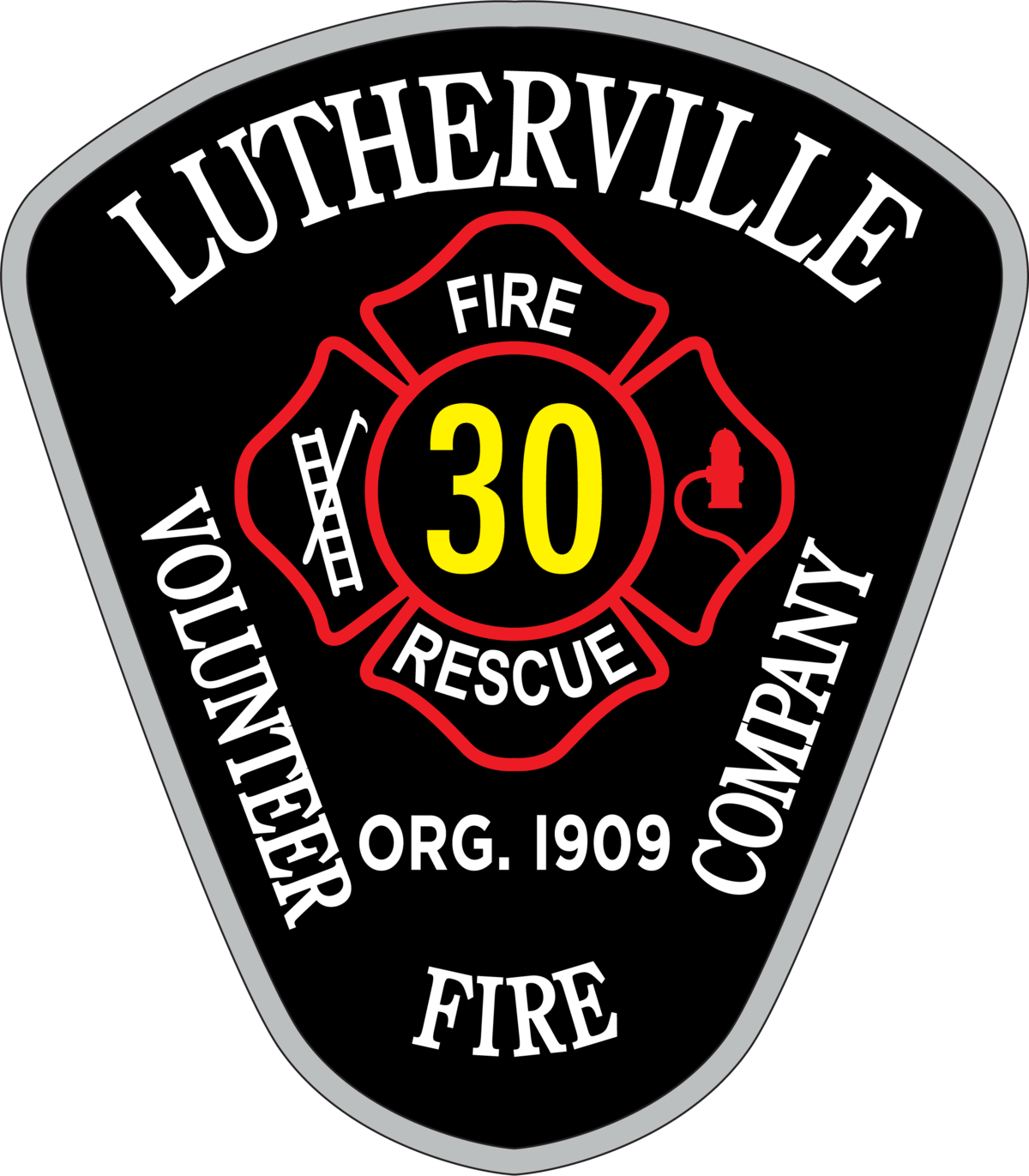Did you know that most home fire deaths happen when people are asleep between 11 p.m. and 7 a.m.? Don’t let this happen to you. Keep your family safe by installing smoke alarms and testing them monthly to make sure they work.
Did you know that most home fire deaths happen when people are asleep between 11 p.m. and 7 a.m.? Don’t let this happen to you. Keep your family safe by installing smoke alarms and testing them monthly to make sure they work.
There are many brands of smoke alarms on the market, but they fall under two basic types: ionization and photoelectric.Ionization and photoelectric smoke alarms detect different types of fires. Since no one can predict what type of fire might start in their home, the USFA recommends that every home and place where people sleep have:
Choose interconnected smoke alarms, so when one sounds, they all sound.There are also alarms for people with hearing loss. These alarms may have strobe lights that flash and/or vibrate to alert those who are unable to hear standard smoke alarms when they sound.
Smoke alarms are not expensive and are worth the lives they can help save.
Alarm type and cost
Your city, county or state may require a specific type of alarm. Please check with your local fire marshal for information on what type of alarm you need.Some fire departments offer reduced-price, or even free, smoke alarms. Contact your local fire department’s non-emergency phone number for more information.
Smoke alarms are powered by battery or by your home’s electrical system. If the smoke alarm is powered by battery, it runs on either a disposable nine-volt battery or a non-replaceable 10-year lithium (“long-life”) battery. Alarms that get power from your home’s electrical system, or “hardwired,” usually have a back-up battery that will need to be replaced once a year.
Some fire departments will install battery-operated smoke alarms in your home at no cost. Contact your local fire department’s non-emergency phone number for more information.
Never take the battery out of your smoke alarm while cooking! If a smoke alarm sounds while you’re cooking or taking a shower with lots of steam, do not remove the battery. You should:
Disabling a smoke alarm or removing the battery can be a deadly mistake.
Is your smoke alarm still working? A smoke alarm with a dead or missing battery is the same as having no smoke alarm at all. A smoke alarm only works when it is properly installed and regularly tested. Take care of your smoke alarms according to the manufacturer’s instructions. Below are some general maintenance tips.
Smoke alarm powered by a nine-volt battery
Smoke alarm powered by a 10-year lithium (or “long-life”) battery
Smoke alarm that is hardwired into your home’s electrical system
For more information, tips, and resources on Smoke Alarms and Home Fire Safety, check out our smoke alarm safety page!
Source for Content: U.S. Fire Administration and National Fire Protection Association
